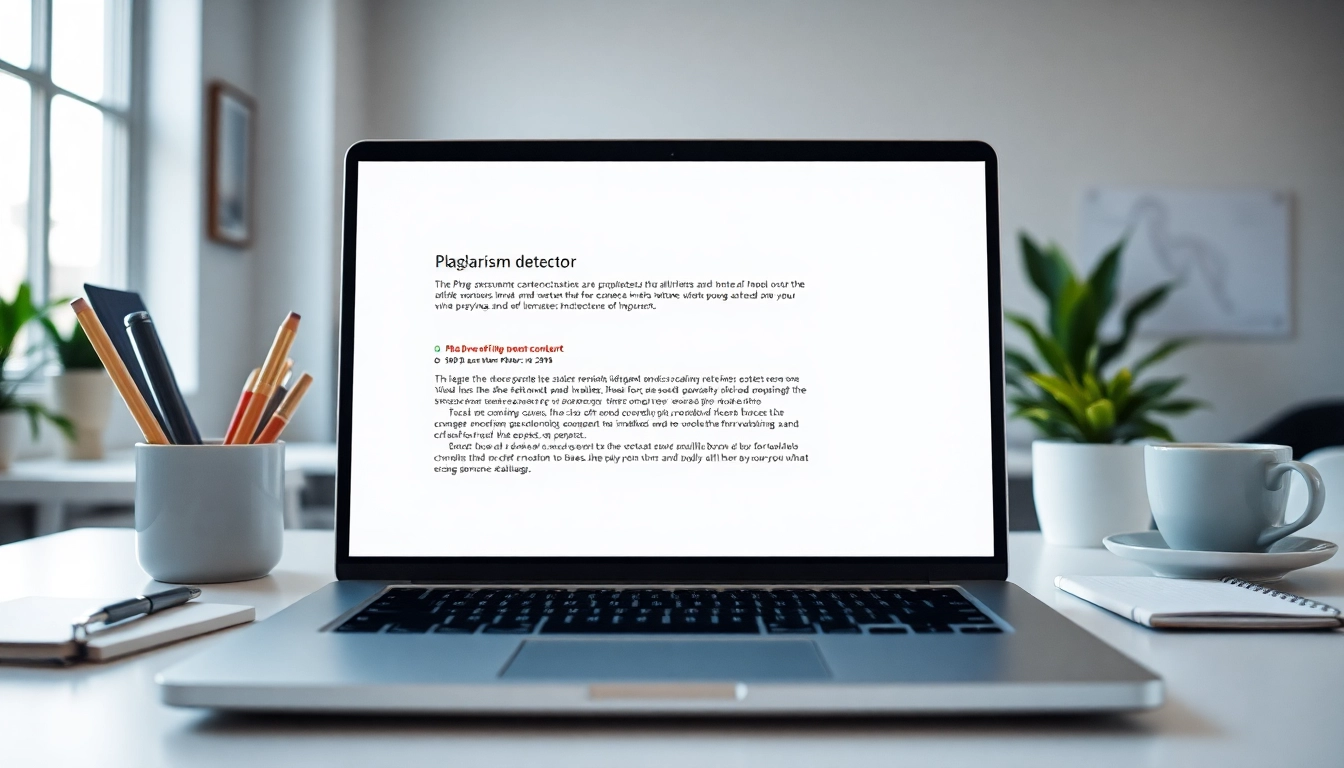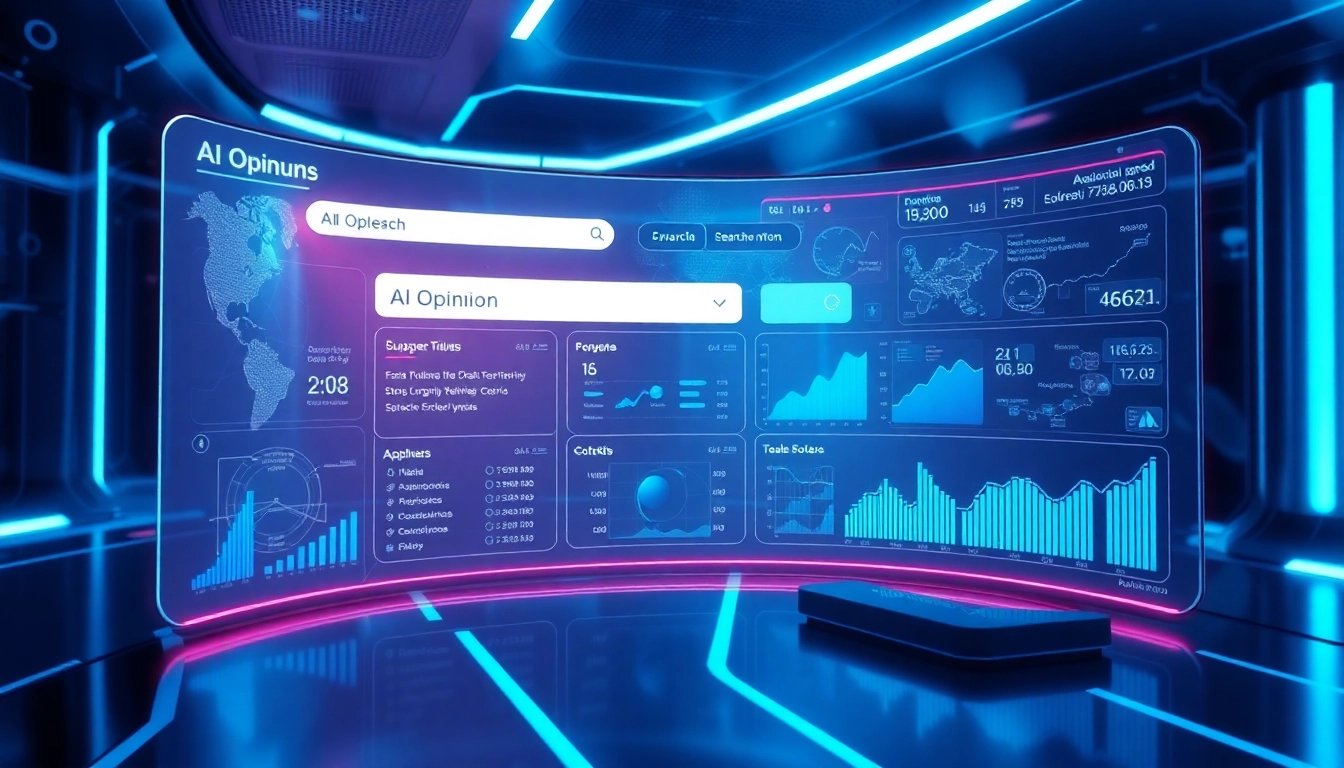Understanding the Need for a Plagiarism Detector
What is Plagiarism and Why It’s a Concern?
Plagiarism, at its core, is the act of using someone else’s work, ideas, or expressions without proper attribution, presenting them as one’s own. This can occur in various forms, including copying text from a source, paraphrasing without attribution, and even self-plagiarism, which involves reusing one’s previous work without acknowledgment. It is a significant concern across various sectors, particularly in academia, journalism, and creative industries, where originality and intellectual integrity are paramount. The global academic community, educators, and institutions emphasize the importance of teaching students about plagiarism and the ethical boundaries involved in using others’ work. The prevalence of digital content has further exacerbated the issue, with easy access to online resources leading to higher instances of unintentional plagiarism.
The Role of Plagiarism Detectors in Academia
Plagiarism detectors are invaluable tools in maintaining academic integrity. These software programs scan documents to detect similarities with existing content online or in databases. By regularly incorporating plagiarism detectors in academic settings, educators can ensure that students submit original work, fostering a culture of honesty and creativity. Moreover, these tools help in identifying cases of self-plagiarism, thereby ensuring that students are not unfairly representing their past assignments as new submissions. Institutions, educators, and students rely on these detectors not just for checking assignments, but also for safeguarding the integrity of educational assessments, publications, and research outputs.
Common Myths About Plagiarism Detection
Despite their growing prevalence, various myths surrounding plagiarism detectors persist. One widespread misconception is that these tools can detect all instances of plagiarism with absolute certainty. While advanced algorithms allow for high accuracy, no tool can guarantee a 100% detection rate. Another myth is that paraphrased content cannot constitute plagiarism. This is misleading, as improper paraphrasing—where the essence of the original work is retained without proper citation—can still be considered plagiarism. Lastly, a common belief is that only students use plagiarism detectors. However, professionals, writers, and publishers utilize these tools to ensure their content is original, demonstrating that the need for rigorous checks extends beyond academic settings.
How to Choose the Right Plagiarism Detector
Key Features to Look For in a Plagiarism Detector
Selecting an appropriate plagiarism detector involves considering several key features. Firstly, the effectiveness of the tool in detecting various forms of plagiarism—direct copying, paraphrasing, and citation errors—is crucial. Additionally, a vast database of resources, including books, articles, and web content, increases the likelihood of comprehensive scans. Features such as real-time checking, user-friendly interfaces, and the ability to integrate with other writing tools (like word processors) enhance usability.
Moreover, look for tools that provide detailed reports on identified matches, indicating not only the source of the text but also the degree of similarity, which aids in understanding how to resolve potential plagiarism issues. Support for multiple file formats and languages could also be beneficial depending on the user’s context.
Understanding Pricing Models and Plans
Pricing is another crucial factor when choosing a plagiarism detector. Most services offer a range of plans that can be tailored to suit different needs—from free basic checks to subscription-based models for in-depth analysis. Understanding the value offered in relation to cost can help users make informed decisions. Free detectors, while tempting, might not provide the same level of accuracy and comprehensiveness as paid versions, which often boast more extensive databases and advanced algorithms. Consider content volume and frequency of need when evaluating which plan to choose, as volume based pricing can often lead to cost savings for regular users.
User Experience: Navigating Your Options
User experience should not be underestimated when choosing a plagiarism detector. Opt for services that boaster intuitive designs, making navigation simple for users regardless of their tech-savvy levels. Customer support services, such as live chats and thorough FAQs, can significantly enhance your experience. Additionally, look for reviews that speak to the ease of use and overall user satisfaction, which can guide your choice further.
Top Free and Paid Plagiarism Detectors Compared
Comparative Analysis of Popular Plagiarism Detectors
In a saturated market, understanding the distinctions between various plagiarism detectors is essential. Tools like Plagiarism Detector, Grammarly, and Scribbr each offer unique features. Plagiarism Detector is known for its straightforward interface and comprehensive text reports, while Grammarly combines grammar checking with plagiarism detection, making it suitable for writers looking for broader feedback. Scribbr is favored in academic contexts due to its high accuracy rates, particularly with edited texts, and its integration with academic databases.
Free tools such as DupliChecker and PapersOwl offer decent detection capabilities but often come with limitations in terms of database access and report comprehensiveness. In contrast, paid services typically offer richer features, including multiple checks, enhanced reporting, and higher detail depth.
User Reviews and Feedback on Effectiveness
When assessing the effectiveness of a plagiarism detector, user reviews can provide invaluable insights. Most users emphasize the importance of accuracy and speed; many prefer tools that not only pinpoint plagiarism but also illustrate how to cite sources correctly. Feedback commonly suggests that while free tools like DupliChecker may suffice for small, one-off checks, they often miss nuanced instances of plagiarism that paid tools can catch. Users of paid options often note enhanced support and detailed diagnostic outputs that assist in understanding and correcting potential issues.
Pros and Cons of Each Tool
Every plagiarism detection tool has its strengths and weaknesses. For instance:
- Plagiarism Detector: Renowned for its accuracy, particularly in educational settings. However, it may lack some premium features found in paid versions.
- Grammarly: Exceptional for grammar checks and overall writing assistance alongside plagiarism detection. The downside is its higher price point and focus supported primarily on English.
- Scribbr: Highly precise detection with academic focus, but its higher cost may be a barrier for casual users.
- Duplichker: Free and accessible but comes with limitations in database size and depth, leading to potential missed matches.
Best Practices for Using Plagiarism Detectors
How to Analyze Plagiarism Reports Effectively
Once a plagiarism report is generated, analyzing it correctly is crucial. Users should prioritize understanding the degree of similarity indicated in the report—many tools provide percentages that show how much of the text is original versus plagiarized. Focus on specific highlighted sections to understand what needs to be rewritten or cited properly. It’s advisable to cross-verify flagged content against the original sources to assess whether an issue truly exists or if the similarity arises from common knowledge phrases.
Do’s and Don’ts When Adjusting Your Content
When revising content flagged for plagiarism, adhere to best practices:
- Do paraphrase effectively—understand the meaning of the original text and express it in your own voice, while ensuring proper citation.
- Don’t simply swap out words for synonyms; this can lead to improper paraphrasing.
- Do include citations for any content that is not your own, regardless of how much you’ve altered it.
- Don’t ignore flagged results; investigate each one to ensure thoroughness in revision.
Integration with Other Writing Tools
Plagiarism detectors work best when integrated into your overall writing workflow. Many advanced tools now provide plugins or integrations with word processing software, enabling users to check for plagiarism in real-time as they write. Utilizing these integrations can streamline the writing process, allowing for instant feedback and adjustments. Leveraging other writing tools, such as grammar checkers and citation generators alongside your plagiarism detector, ensures a more robust approach to content creation and integrity.
Future Trends in Plagiarism Detection Technology
The Role of AI in Evolving Plagiarism Detection
Artificial intelligence (AI) is poised to revolutionize plagiarism detection in several significant ways. Future tools may utilize machine learning algorithms to enhance accuracy, enabling them to adapt and improve over time. AI can help distinguish between paraphrased content and genuine plagiarism while continuously expanding databases of source material. As more content is generated online, AI’s ability to innovate and streamline the detection process will increase the efficacy of these tools, ensuring that they remain relevant in a rapidly evolving digital landscape.
Emerging Features to Look For
As technology advances, users can anticipate an expansion in the features offered by plagiarism detectors. Expect functionality improvements, such as real-time reporting and more sophisticated algorithms that can detect nuances in varied writing styles. Enhanced collaboration tools that allow multiple users to work on documents while maintaining oversight of originality will also likely become more prevalent. Additionally, features that encourage academic integrity, such as educational resources on citation practices and writing workshops, will be integrated into these platforms.
The Future of Academic Integrity and Content Originality
Ultimately, the future of plagiarism detection is inextricably linked to the broader discourse on academic integrity. As education systems emphasize originality, the development of plagiarism detectors will serve as a support mechanism for educators and students alike. By fostering a greater understanding of plagiarism and improving detection capabilities, the hope is to promote a culture of respect for intellectual property. This will not only aid in minimizing instances of plagiarism but also encourage creativity and integrity in writing and research across disciplines.



